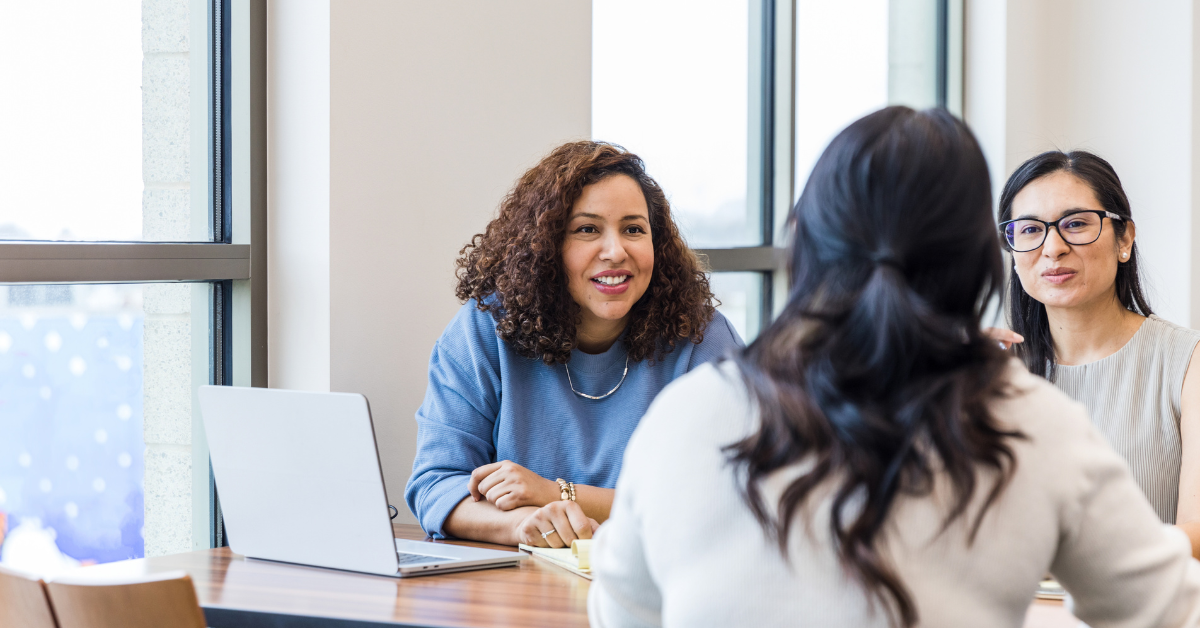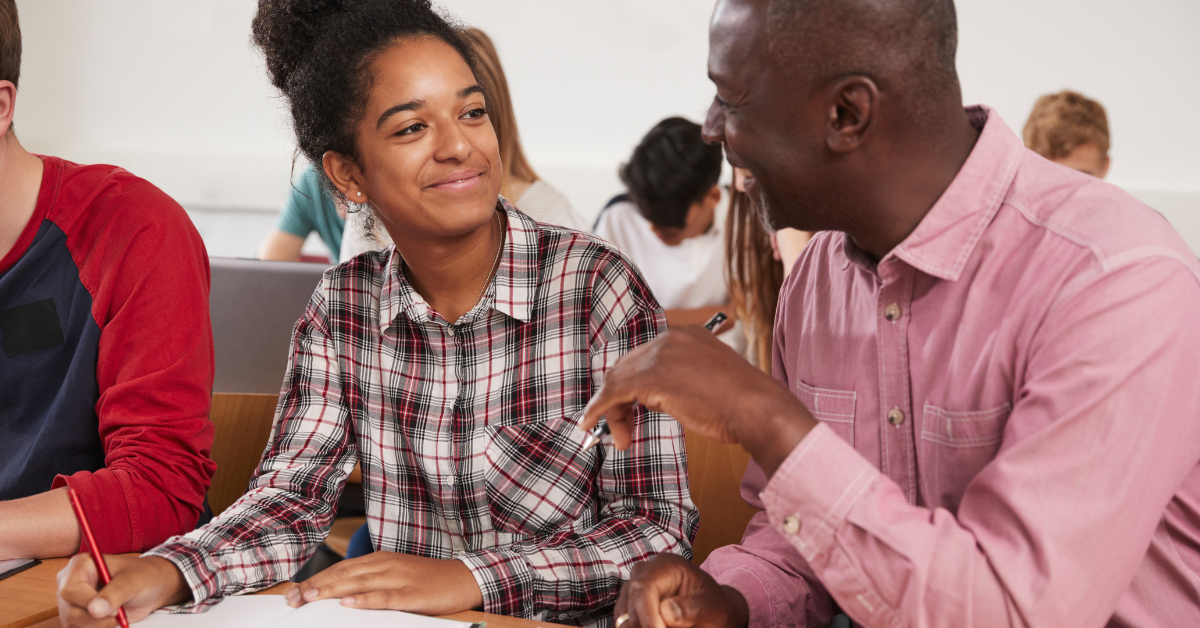Sadly, many of our kids today are just not adequately prepared to make informed, confident decisions about what they want to do after high school.
For the last few years, as part of our mission to change the way kids learn about careers and navigate a path for postsecondary education and career success, we‘ve funded promising models, researched Gen Z’s learning preferences, explored and experimented with programs both in and beyond the classroom. Along the way, we reached millions of young people – and learned what works and what doesn’t.
We started from a place of curiosity about what young people thought, what they wanted from a learning experience, what they were passionate about, and what was helpful–or not–to prepare them to make decisions about their futures. At the same, our research told us that many young people still feel they lack enough information to make a career decision, and their confidence generally increases as they acquire more knowledge and take actions to prepare for their future. For instance, based on our survey of 2,040 students in grades 7 through 12 nationwide, we know that 45% of high school graduates still feel they lack enough information to make a career decision, and kids with the highest levels of confidence about the future (9 in 10) are more likely to feel hopeful.
We also learned that starting to explore careers in college–today’s norm–is far too late. In fact, starting in high school is even too late. We learned that career and self exploration should begin as early as middle school where kids are less stressed and more curious about their future. And career experimentation – or testing and trying through work-based learning opportunities – needed to begin in high school before they make decisions of great consequence.
From there, we set out to understand the best way for kids to acquire that knowledge they needed and where career exploration and experimentation should occur. We really wanted to understand the disconnect of all of our collective efforts and the fact that kids still felt they were unprepared.
So, we gave grants to schools, to states, to intermediaries, and to other nonprofits. We provided professional development and evidence-based resources to educators on how to implement career exploration in the classroom. And, we continued to research the state of career exploration and work-based learning in the US, the foundational skills needed to achieve workforce readiness, and what was creating a barrier to widespread acceptance of non-degree pathways. At the same time, we developed free, self-directed digital experiences like Future Network, a series of near-peer videos that help kids understand careers (launched in 2018) and Futurescape, a personalized career exploration platform (launched in May 2020).
Then, we watched. We measured. And, we began to understand the efficacy of career exploration in and beyond the classroom. We saw promising new models, innovative solutions, and pockets of excellence in districts & schools–all with stellar outcomes. Students were more engaged, more confident, and less stressed about their futures. (Just visit Cajon Valley in San Diego or see the programs offered by Skills for Rhode Island and Big Picture Learning, as examples.) But, through our work and research, we’ve also learned that while career exploration in the classroom works, it’s nearly impossible to scale nationally. Simultaneously, we’ve learned that self-directed, digital learning experiences beyond the classroom are not only the best way to scale equitable access, but also give young people the agency they crave and meet them where they are (which is on their mobile devices).
So, where do we go from here? We see a fork in the road.
There are a plethora of activities aimed at helping our kids learn about careers in the classroom and in afterschool programs. Many of our peers will continue to pursue school-based solutions for career exploration and experimentation. We support them fully and will always advocate for equitable access to career exploration in middle schools, work-based learning experience in high schools, and widespread acceptance of all postsecondary education paths.
But, we are going to take the less traveled path. After the success of impacting more than 11 million kids through our direct digital experiences, we are going to take a bold step to try to alleviate our overburdened education systems. We are going to double down and focus on the expansion of a completely free, ecosystem of direct digital experiences that give today’s youth a voice and choice beyond the classroom.
Now, we can’t do this alone.
ASA-developed digital resources will sit alongside curated experiences from our partners to ensure that all kids have access to all the information they need for their future planning and the opportunity to explore career possibilities that match their interests. This new ecosystem will also give youth agency in how they learn about their options, help them build valuable career-ready and lifelong skills, and motivate them to experiment, test and try on career possibilities sooner than later before the stakes are too high. It will help all young people develop an informed position on current social causes they are passionate about to help make a positive difference in their communities as well as increase their awareness, understanding, and acceptance of non-degree pathways to success.
We want to reach and engage 15 million kids by 2023 and are aiming to make millions of American kids truly crisis-proof; ready to tackle whatever the future brings.
This bold step – on a path that’s less taken by most – will help ASA change the way young people learn about careers, ensure they have ample opportunity to explore their passions and try on careers before making decisions, and can confidently navigate to whatever comes next after high school. Debuting in September 2022, this expanded ecosystem will help all young people know themselves, know their options and can make informed, confident decisions about their futures.
For more thought leadership and news on career readiness learning for young people, you can also peruse and subscribe to our newsletter, PivotED.



